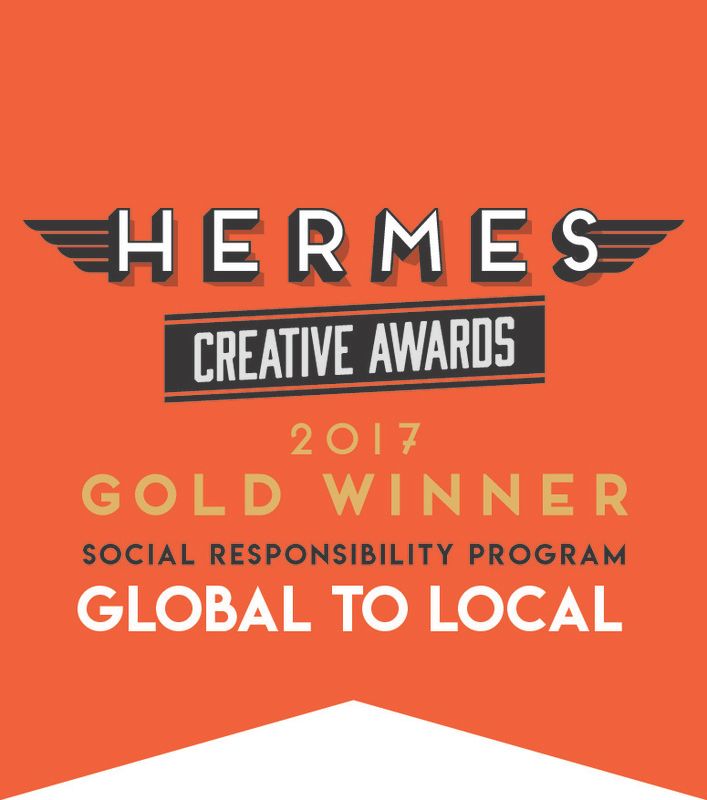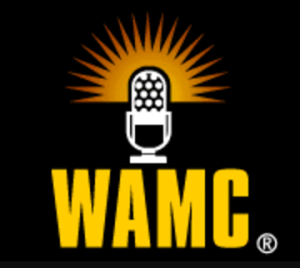By: Gabriella Estrada and Brendin Skakel
Ecuador’s rich culture and unique people can be attributed to the geography and history of the country. The kingdom of Quito was founded by the indigenous people in the early 1000’s and was made a part of the Inca Empire.

the extent of the Inca Empire
In the mid-1500’s conquistador, Francisco Pizarro, conquered parts of South America making the Ecuadorian region part of the Spanish Empire. Ecuadorian criollos revolted against the Spanish rule in the 1800s under the rule of Jose Joaquín Olmedo. However, this would not have taken place without the examples set by Simon Bolivar and Jose de San Martin, political leaders who influenced many of the South American revolutions. Olmedo looked to these leaders and independent nations Venezuela and Argentina for support.
Ecuador joined an alliance with Colombia, Panama and Venezuela. This union was known as Gran Colombia and lasted ten years. After the collapse of Gran Colombia, Ecuador went through a series of presidents for over 131 years. In 1895 the rule shifted from conservative leadership to liberal rule, thus enacting freedom of worship, speech and many natural rights liberties. However, foreign instabilities continued to grow. The Ecuadorian-Peruvian war began in 1941 as Peru invaded Ecuador claiming land near the Amazon that was on the Ecuadorian side of the border.

Peruvian ship in Ecuadorian waters
Peru and Gran Colombia had similar disputes tracing the tensions between these two countries back to the early 1800’s. The war was concluded in 1998 with the signing of the Brasilia Presidential Act, which settled lifetimes of dispute and created peace to open borders for travel and trade.
Sources used:
https://www.infoplease.com/country/ecuador






